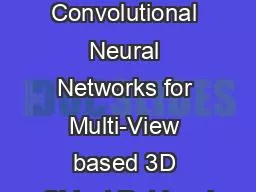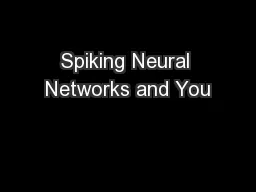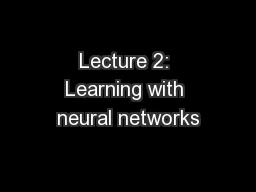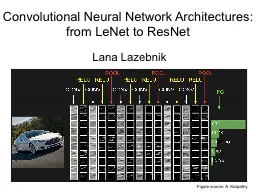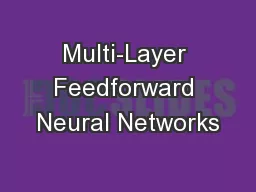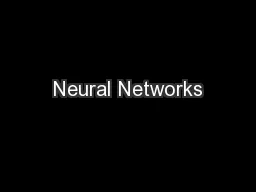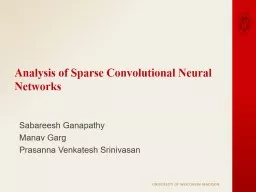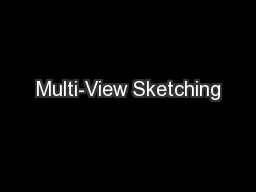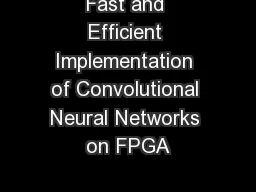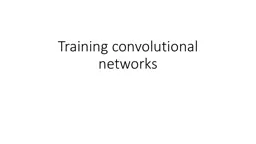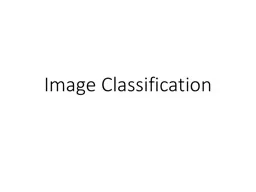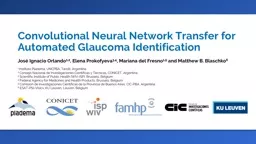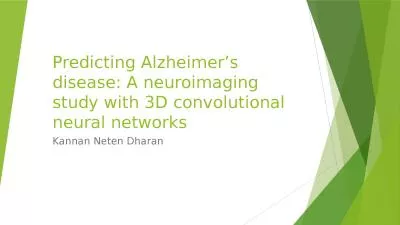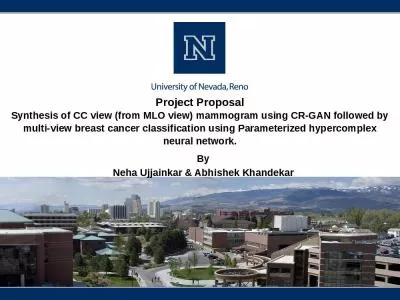PPT-Group-Pair Convolutional Neural Networks for Multi-View based 3D Object Retrieval
Author : contera | Published Date : 2020-07-04
Zan Gao Deyu Wang Xiangnan He Hua Zhang Tianjin University of Technology National University of Singapore Previous work Proposed method Experiments Conclusion
Presentation Embed Code
Download Presentation
Download Presentation The PPT/PDF document "Group-Pair Convolutional Neural Networks..." is the property of its rightful owner. Permission is granted to download and print the materials on this website for personal, non-commercial use only, and to display it on your personal computer provided you do not modify the materials and that you retain all copyright notices contained in the materials. By downloading content from our website, you accept the terms of this agreement.
Group-Pair Convolutional Neural Networks for Multi-View based 3D Object Retrieval: Transcript
Download Rules Of Document
"Group-Pair Convolutional Neural Networks for Multi-View based 3D Object Retrieval"The content belongs to its owner. You may download and print it for personal use, without modification, and keep all copyright notices. By downloading, you agree to these terms.
Related Documents

